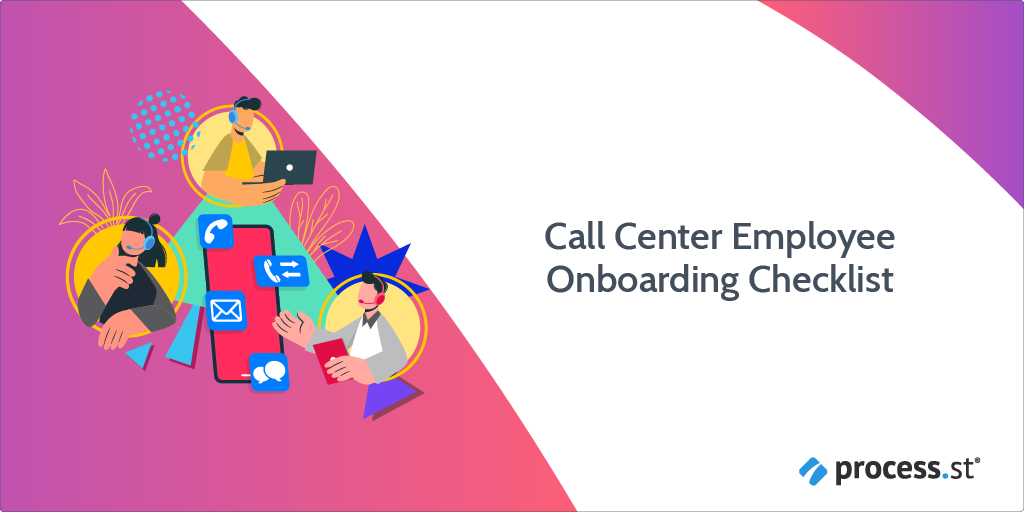Employee onboarding is a process new hires go through when beginning their career in a company. This process takes time and can’t be completed in a few days, especially when looking at call center employees. Proper training is incredibly valuable and can’t be overdone during the onboarding process.
Good onboarding practices can improve your employee retention by as much as one quarter. Meaning, you can save time and money by effectively training new hires. That’s where an effective onboarding process comes in!
In this checklist, you’ll find a process designed to ensure you’re introducing the necessary equipment, policies, practices, and information to your new call center hires in the most effective way possible. The goal is to get the most out of your call center employee onboarding without these employees feeling overwhelmed.
So, let's run through this call center employee onboarding workflow with your new hire.

